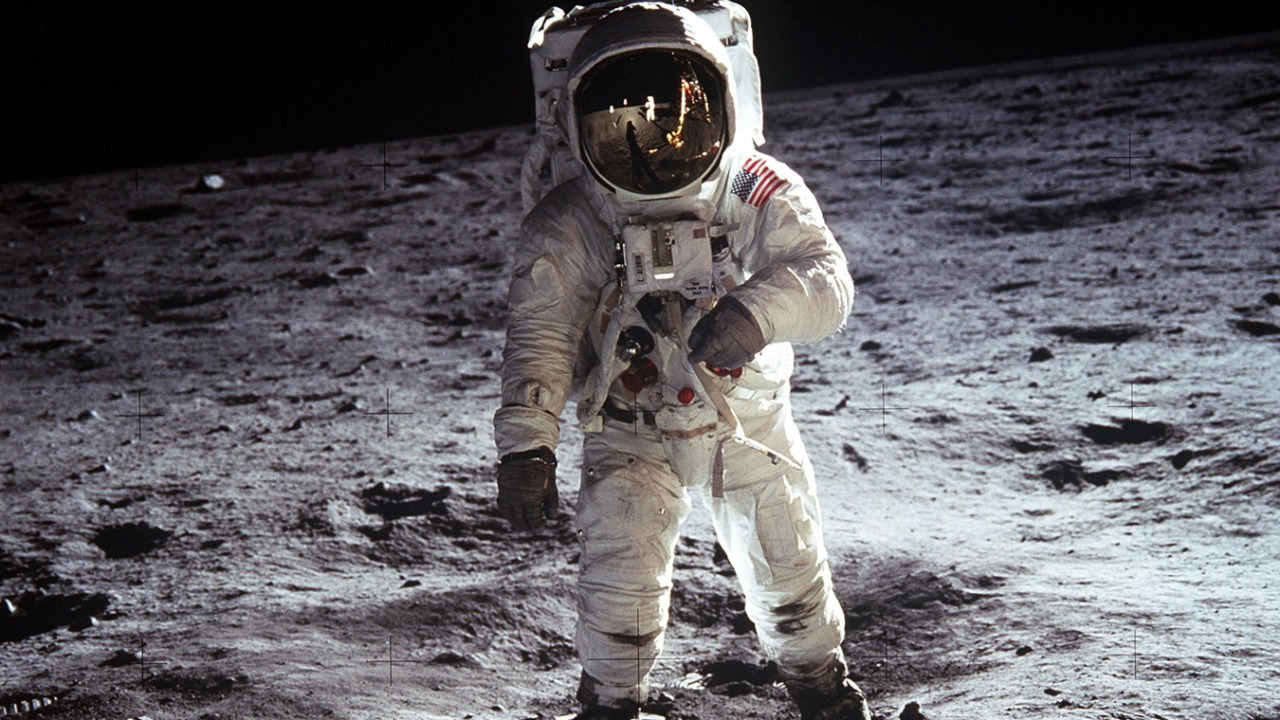
China is rapidly advancing its lunar program with an ambitious goal to land astronauts on the Moon by 2030. This development could potentially outpace NASA in the renewed space race, as recent analyses suggest. The U.S. Senate hearing on September 3, 2025, cast significant doubts on NASA’s timeline for returning astronauts to the lunar surface, especially in light of China’s steady progress. The contrast between China’s preparations and NASA’s ongoing struggles raises intriguing questions about the implications if Beijing’s taikonauts touch down first.
China’s Lunar Mission Timeline
China’s commitment to landing astronauts on the Moon by 2030 is evident in their steady progress in crewed spaceflight capabilities. The nation’s lunar exploration program, known as the Chang’e program, has been instrumental in building towards human lunar landings. Recent robotic missions under this program have been successful in paving the way for future taikonaut deployments.
China’s integrated approach to lunar exploration combines the power of the Long March rockets with new lunar landers. This strategic combination is designed to achieve their lunar landing goal ahead of international competitors, as reported by Yahoo News and Futurism.
NASA’s Artemis Program Delays
NASA’s Artemis initiative aims to return humans to the Moon, with a focus on sustainable exploration and partnerships with private companies like SpaceX. However, the program has faced several setbacks, including technical hurdles with the Space Launch System and Orion spacecraft. These challenges have pushed back the timeline for a crewed lunar landing.
These delays have positioned NASA behind in the global lunar race. As of now, there is no firm date for a crewed landing before the end of the decade, as reported by the New York Times.
U.S. Senate Scrutiny of NASA
The U.S. Senate hearing on September 3, 2025, raised direct questions about NASA’s ability to land astronauts on the Moon before China. During the hearing, concerns were raised about funding shortfalls and program management inefficiencies at NASA. These issues have contributed to the delays in the Artemis program.
The outcomes of the hearing have fueled broader U.S. policy debates on maintaining space leadership against rising international challengers, as reported by SpaceNews.
China’s Technological Readiness
China’s advancements in space infrastructure are noteworthy. The Tiangong space station serves as a testing ground for long-duration missions, contributing to China’s readiness for lunar exploration. The nation is also preparing the Mengzhou crew spacecraft and Lanyue lander, specifically designed for lunar surface operations.
These developments, as reported by Futurism and Yahoo News, portray China’s methodical buildup towards a 2030 astronaut landing on the Moon.
Geopolitical Stakes in the Moon Race
If China achieves the first crewed lunar landing since 1972, it could potentially shift the balance of global space influence. The “race back to the Moon” is viewed with strategic importance in the U.S., particularly due to the potential of lunar resources like water ice.
There are hypothetical scenarios being discussed about the diplomatic and technological ripple effects if China lands astronauts first, as explored by Space.com.
Historical Parallels to Apollo Era
The current U.S.-China lunar competition bears similarities to the 1960s Apollo-Soviet space race, with national prestige being a significant driver. NASA’s renewed push to the Moon, as outlined in early 2025, emphasizes program goals for science and exploration.
China’s urgency in advancing its lunar program echoes the Cold War-era advancements. However, as the New York Times and Space.com report, the lessons from past successes and failures will be crucial in navigating today’s challenges in the lunar race.